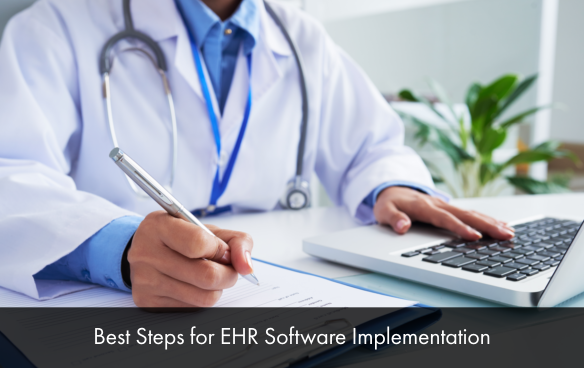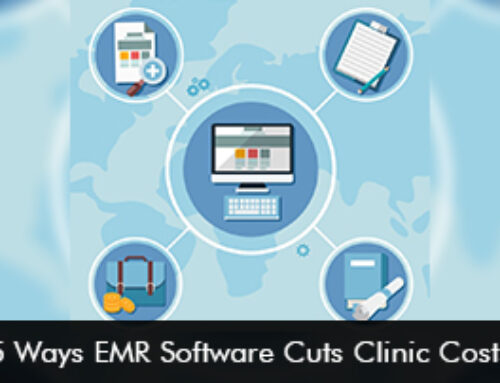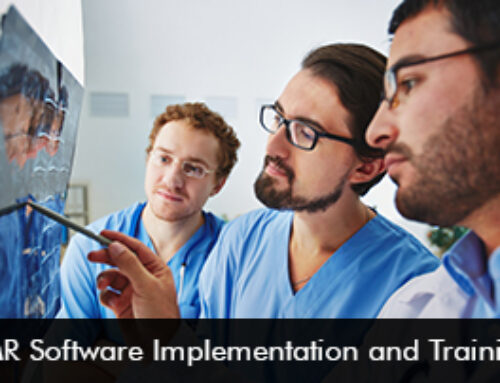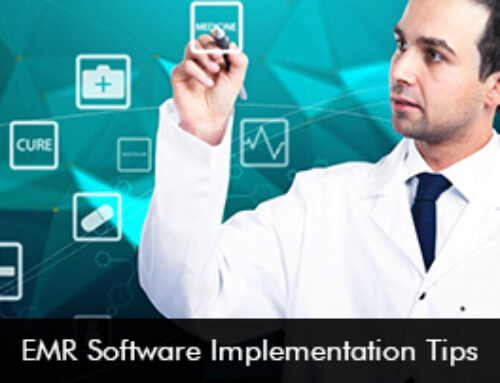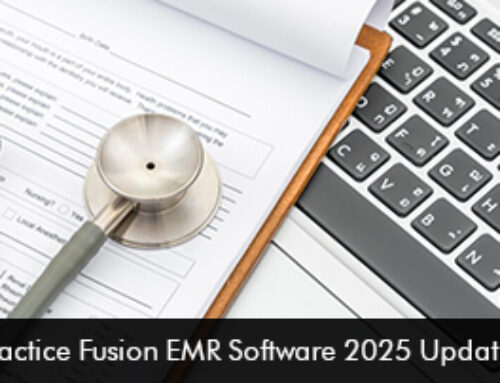Implementing a new EHR may seem a daunting task for most healthcare organizations. Ensuring a smooth implementation requires the right balance between technical help and the ability to manage staff members throughout the process. When new Electronic Medical Records (EMR) Software systems are deployed into workflows it requires changes made which can have certain delays on patient services. Before starting the implementation it is important for a hospital to convey clearly to patients about certain lags and also communicate clearly about the advantages they can have from the new software features.
What is the time duration of EHR Software Implementation?
It is estimated that the implementation roughly takes around 60 to 120 days for healthcare organizations. However, this number can vary due to the EMR Software vendors’ assistance offered and the training given to providers, nurses, and front desk staff members. It is important that medical organizations have an implementation plan ready which states the estimated time frame under which the implementation should be complete. Once estimates are on the plan then implementation goals can be easily met.
What are the best steps for a smooth EMR Software Implementation?
Once healthcare organizations have selected an EHR Software vendor they can plan and go live. The following steps will help establish a smooth implementation journey without any hiccups.
- Establish Priorities – Practices need to ensure that their IT staff team knows that the continuing implementation should be one of their main concern. However, they need to also do their daily work regarding any IT maintenance and working on security backups. A balance of priorities will work well and will be the backbone of a smooth EHR Software system implementation.
- Training Staff Members – It is vital to train and educate staff members about the new software system so they feel comfortable using it and reap the maximum benefits in terms of clinical and administrative tasks. Online learning modules can be a convenient option to offer training sessions.
- Monitor Team Members – Throughout the implementation journey, organizations can’t just offer training and leave them on their own. It makes sense to monitor staff members’ workload and make sure they aren’t overstressed. Once training is offered give them the necessary time and space to exhibit what they’ve learned. Pressurizing them into learning quickly will only backfire the entire purpose.
Getting the whole team on board will help avoid people resisting this big change. Communication is the key through the implementation journey. Focus on how the new software will benefit each and every member of the medical organization so the whole team is encouraged to train to the new EHR Software system. Once the big day arrives, celebrate together the achievement of going live, as it is a long process with many hurdles.


